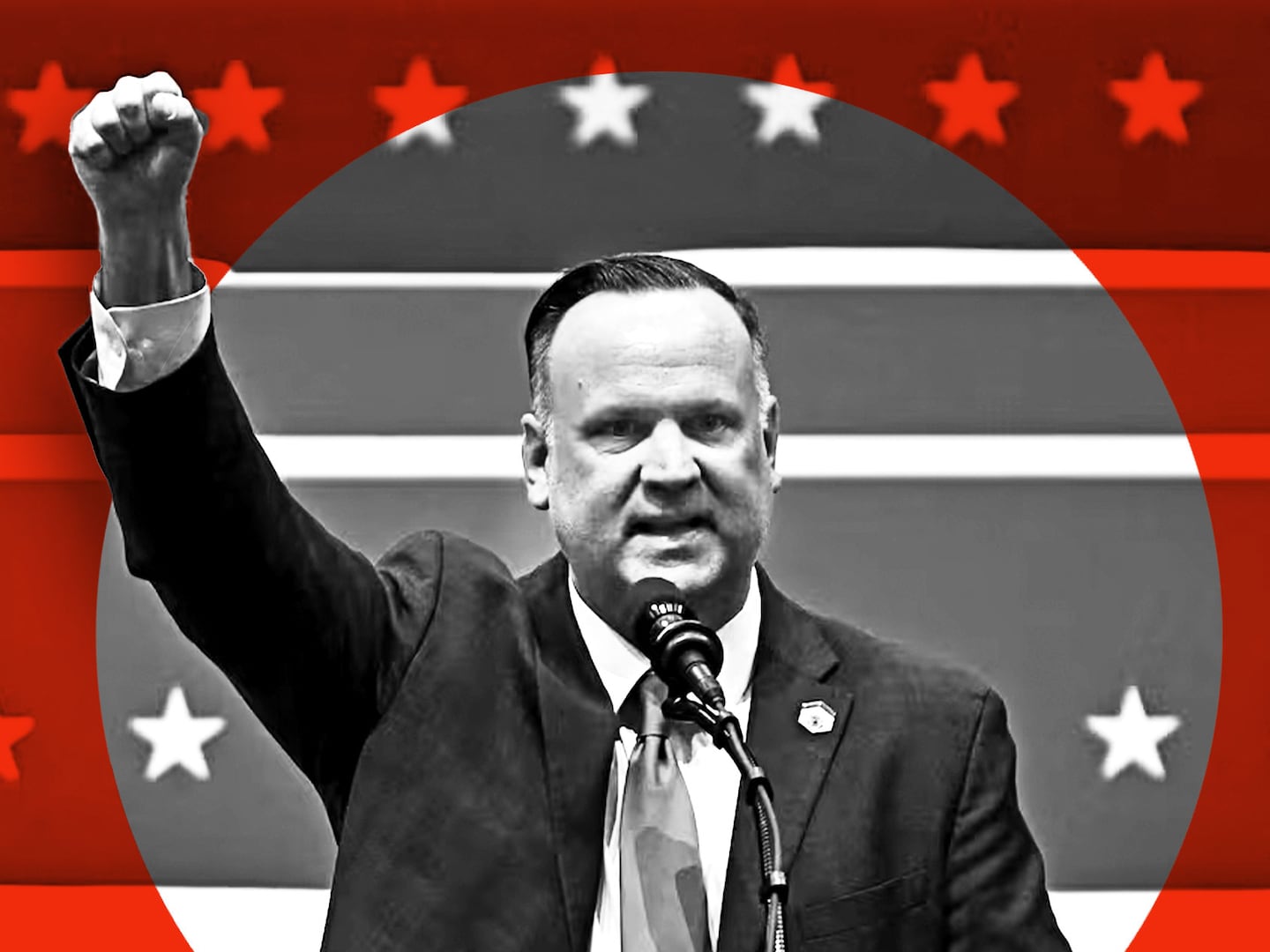This spring, budget surpluses are blossoming across America. We’ve noted that the combination of employment growth and tax increases is boosting federal revenues significantly—13 percent in the first five months of the current fiscal year. Combined with a bit of fiscal discipline, the higher revenues are helping to reduce the (still massive) federal budget deficit.

But America’s 50 states aren’t permitted to run deficits. So each year, state legislatures pass, and governors sign, budgets for the next fiscal year in which expenditure are supposed to align with expected revenues. Then, they wait and hope that the revenues actually materialize.
That’s happening—and more. In the current fiscal year (fiscal 2013, which started last spring or summer in most states), the level of spending rose just 2.2 percent from fiscal 2012, according to the National Association of State Budget Officers (NASBO). That’s far below the historical average of 5.6 percent growth per year. But state revenues are growing more rapidly than spending. In the fourth quarter of 2012, according to the Nelson A. Rockefeller Institute of Government, state tax receipts were up 5.7 percent from the fourth quarter of 2011. For the full year, revenues probably rose about 4 percent. Now, late 2012 tax receipts were boosted in part because so many companies rushed dividend payments out the door to avoid the prospect of higher taxes.
Still, with revenues rising more rapidly than spending, deficits are evaporating in state capitals. “It’s likely most states will end the year with a slight surplus,” said Brian Sigritz, director of state fiscal studies at NASBO.
Surpluses are showing up in places you’d expect. North Dakota, currently enjoying an energy and agricultural boom, is projecting a $1.6 billion surplus over its two-year budgeting cycle. Texas, another resource-rich state, foresees an $8.8 billion surplus over its current two-year budget cycle.
But the Rust Belt is also regaining some of its fiscal shine. Ohio is expecting a $1 billion surplus for the current fiscal year. Wisconsin is looking at $484 million in black ink. Other states with surpluses include Iowa ($800 million) and Tennessee ($580 million). West Virginia completed its 2011–12 fiscal year with a surplus of about $88 million.
Some of the coastal states whose finances were hit hardest by collapsing housing markets and persistently high unemployment are also making a comeback. For the past several years, California’s massive, recurring deficits have made life miserable for politicians and inspired comparisons to Greece. Thanks to tough spending cuts, higher taxes, and a general recovery, California’s finances are on the mend. “California expects to take in $2.4 billion more in revenue than it will spend this fiscal year, which ends June 30,” Tami Luhby of CNN Money reported. "After paying off a shortfall from last year and setting aside funds for upcoming obligations, it’s on track to end the year with a $36 million surplus." Florida, another state that has had to deal with harsh cuts to rein in deficits, is also now in the black. The current projection is for a surplus of $437 million.
Now, this doesn’t mean the state and local financial problems are over. States in New England and the Northeast ravaged by slow growth and weather-related destruction—New York, New Jersey, Connecticut—must still cut their way to balance. In real terms—i.e., adjusted for inflation—state revenues are still below the their pre-recession peak, notes Liz McNichol, an analyst at the Center for Budget and Policy Priorities. Most states have long-term problems with underfunded pensions. Cities, which have far less flexibility in raising revenues, continue to suffer. On Monday, Stockton, California, declared a rare Chapter 9 bankruptcy.
But in states with surpluses, life is becoming more fun for governors. Governors like John Kasich (Ohio), Mike Pence (Indiana), and Terry Branstad (Iowa) are pushing for tax cuts. Others are essentially pocketing the cash, stowing it in rainy-day funds or using it to cope with higher spending requirements. Tennessee is looking to use cash to spend more on health care and its prison system. Florida Gov. Rick Scott, up for reelection in 2014, is seeking to raise pay for teachers. Looking ahead to fiscal 2014, which starts for most states later this year, NASBO says almost every state is projecting a spending increase, and up to a dozen are cutting income taxes. (Here’s a state-by-state summary of next year’s budgets.)
Analysts are holding out hope that the return of surpluses will help reverse one of the most devastating results of the last several years. Governors and legislatures have frequently sought to balance their budgets by firing employees—including teachers and police officers. Since January 2009, state and local governments have reduced employment by 746,000—or about 4 percent. It’s likely that some of the increased tax revenues will be used to recall laid-off employees.
Sustained growth is the miracle cure for deficits. And when it comes to state finances, surpluses can help spur further growth.






